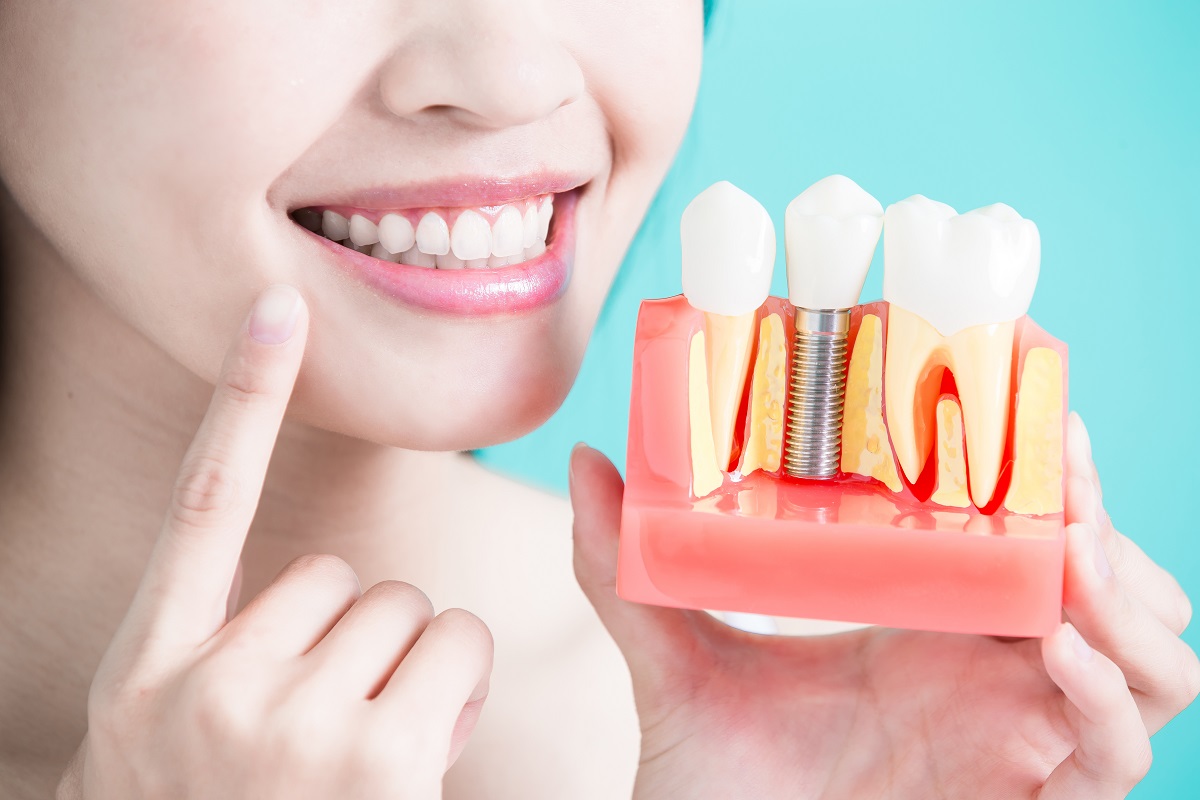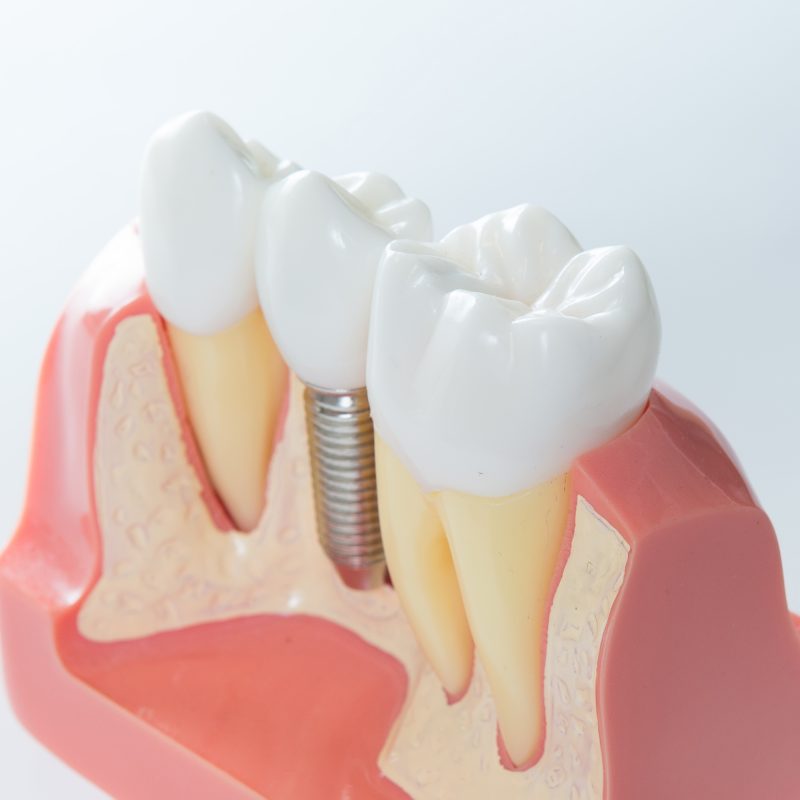

As many as 1 in 7 adult dental patients have single or multiple missing teeth. So, if you are one of them, you may be wondering what options there are to help you get your bite strength back, as well as potentially restore the appearance of your smile.
Oral implants are becoming an increasingly popular option for those who have missing teeth or are looking for a more permanent solution to this common issue. There are several different types of oral implants, each with its own benefits and potential complications, which will be looked at here. Remember, it is up to your dentist to decide which implant is the most suitable for you, as different kinds exist for various clinical situations.
So, enjoy!
Endosteal implants
First, the oldest and most popular type of implant is the endosteal implant. These dental implants Clapham are placed directly into the jawbone, and, physically, they are between 1.8mm – 2mm wide and about 10mm long. Endosteal implants are usually made of titanium or another biocompatible material and are shaped like small screws.
To fit them, your dentist will need to make incisions into your gum and will peel it back to fix the implant into either a hole or a vacant tooth socket following an extraction. Once the implant is placed into the jaw, the surrounding bone will grow around it, fusing the implant in place. This process can take between 3 and 9 months on average to fuse, but once complete, the implant will be stable and secure. Endosteal implants are great for patients with enough healthy jawbones to support the implant. So, if you have a receded jaw from years of denture use or have a health complaint that impacts your jawbone, you will not be suitable for endosteal options.

Subperiosteal
Another option for oral implants is subperiosteal implants. These implants are placed under the gum line but above the jawbone. A metal framework is used to hold the implant in place, and the gums are then stitched closed around it. Subperiosteal implants are typically used for patients who do not have healthy jawbones that can support endosteal implants. However, they are not as stable as endosteal implants and may need to be adjusted or replaced over time.
Zygomatic
Zygomatic implants are less common oral implants used for patients who have severe bone loss in the upper jaw. Instead of being placed solely into the jawbone, zygomatic options are anchored to the cheekbone. This provides a stable foundation for the implant and can be an effective solution for those who may not be candidates for other types of oral implants.
The fitting of zygomatic implants is longer, as the implants themselves are longer, and more bone needs to be prepared for them to be fitted.
Mini or miniature implants
Mini dental implants are another type of oral implant that is becoming increasingly popular. These implants are smaller than traditional implants; they are about 1.8 mm in width and 5-8 mm in length and can be placed in a single appointment. Mini dental implants are typically used for patients who need to replace a single tooth or a few teeth and may not have enough healthy jawbones to support a larger implant. If you need more teeth replaced and cannot support an endosteal implant, your dentist will discuss restorative options with you.
